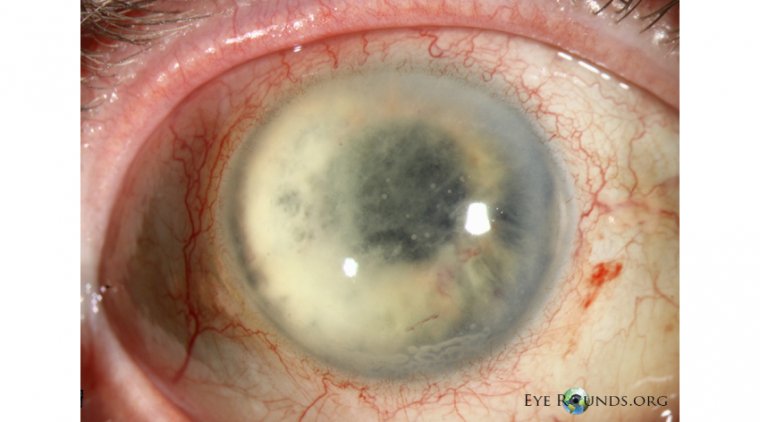
Adverse Effects Identified Following Faricimab Treatment for Eye Conditions
Researchers from the University Hospital Zurich have reported cases of sterile intraocular inflammation, including severe retinal vasculitis, associated with faricimab injections. Faricimab is used to treat conditions such as age-related macular degeneration (AMD) and diabetic macular edema (DME), raising new concerns about its safety in certain patients.
What Is Faricimab?
Faricimab is a monoclonal antibody that targets both vascular endothelial growth factor (VEGF) and angiopoietin pathways to stabilize blood vessels and prevent abnormal growth. It is FDA-approved for the treatment of neovascular age-related macular degeneration and diabetic macular edema. Previous clinical trials demonstrated the efficacy of faricimab and confirmed an acceptable safety profile in these eye conditions.
Study Overview: Cases of Inflammation and Retinal Vasculitis
A retrospective case series study titled "Sterile Intraocular Inflammation Associated With Faricimab," published in JAMA Ophthalmology, reviewed the medical records of seven patients treated at the University Hospital Zurich between June 2022 and March 2024. The study highlighted sterile intraocular inflammation in 12 eyes of these patients following faricimab injections.
Out of the 12 affected eyes, two cases were particularly severe, involving retinal vasculitis, one of which resulted in irreversible vision loss due to macular capillary nonperfusion. The median time between the last injection and the onset of inflammation was approximately 28 days.
Severity of Adverse Reactions
Most cases involved moderate inflammation that was effectively managed with corticosteroid treatment and did not lead to significant vision changes. However, the severe cases, including retinal vasculitis, raised concerns due to their impact on long-term vision.
In one particularly alarming case, an 83-year-old woman experienced occlusive vasculitis in both the arteries and veins of the eye, leading to a drastic decline in her visual acuity from 20/80 to 20/2000.
Study Limitations and Future Research Needs
Since the study was a retrospective case series, it did not establish a direct cause-and-effect relationship between faricimab and the adverse events. Instead, it revealed a possible connection between the drug and these rare but severe outcomes. Larger, more comprehensive studies are needed to further evaluate faricimab's safety in real-world clinical settings, where patient populations and monitoring practices may vary.
Recommendations for Patient Monitoring
The findings suggest that patients receiving faricimab treatment require closer follow-up to promptly detect and manage any adverse reactions. Vigilant monitoring can enable the early identification of inflammation and vasculitis, potentially preventing long-term vision damage. For now, the study emphasizes the importance of caution and continued research to ensure patient safety when using faricimab for eye conditions like AMD and DME.
Reference:
Mariano Cozzi et al, Sterile Intraocular Inflammation Associated With Faricimab, JAMA Ophthalmology (2024). DOI: 10.1001/jamaophthalmol.2024.3828
(1).jpg)










